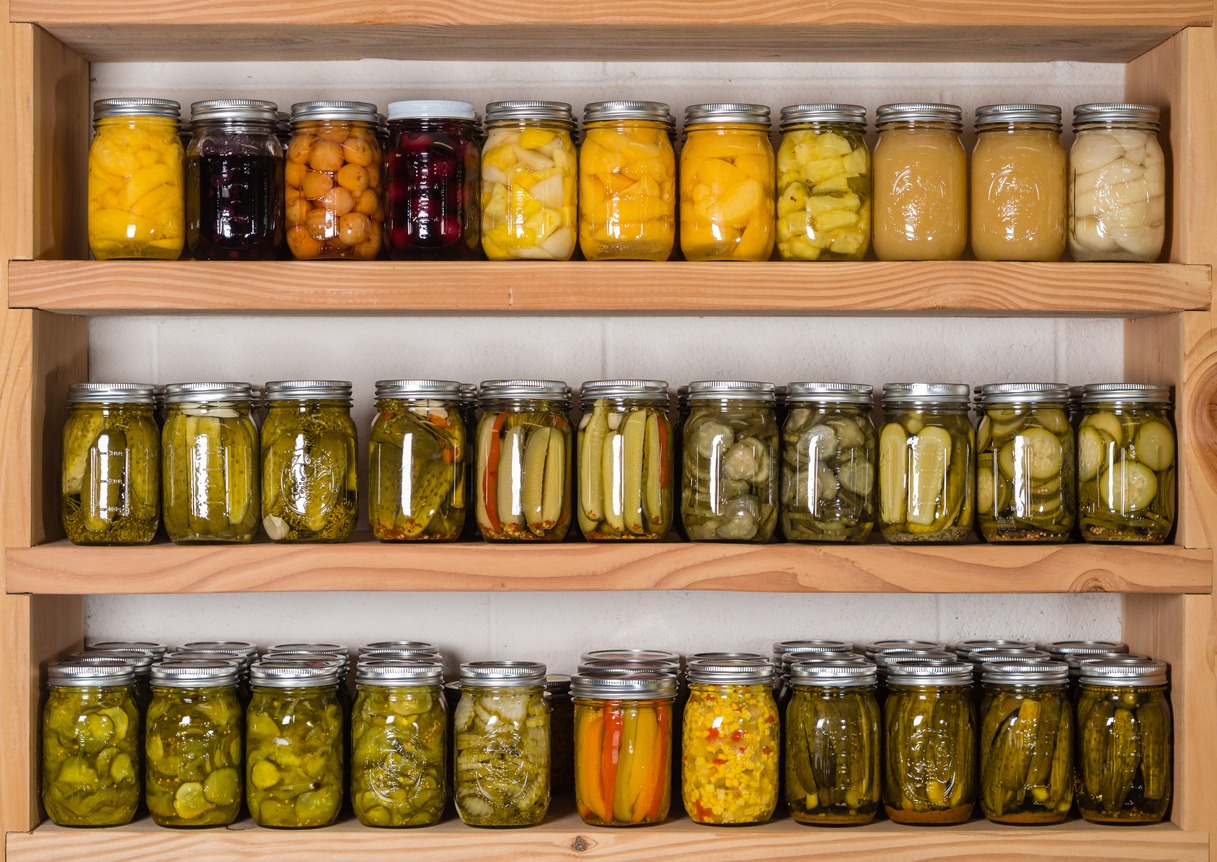According to food historian Mercy Ingraham, many preservation procedures, including salting, drying, and smoking, aim to remove moisture, which teaches open-hearth cooking and ancient food preservation practices. Historically, pathogen-killing compounds such as acid, alcohol, salt, sugar, or a mixture were used to keep air out of food before sealing it in vessels with fat, pig bladders, flannel, or leather.
Food preservation and canning delay spoilage. When done correctly, canning eliminates oxygen, destroys enzymes, inhibits microbe development, and aids in the formation of a high vacuum in jars, keeping liquid, air, and germs out. When done incorrectly, harmful germs such as Clostridium botulinum growing.
Canning/Preserving Food Details
| Category: Food/Drink, Prepping | Time: 30-60 min | Skill: Little |
| Initial Cost: $$$ (101-500) | Space: lots | People: alone |
| Long-Term Cost: Medium | Makes Money: No | Location: indoor |
Brief History
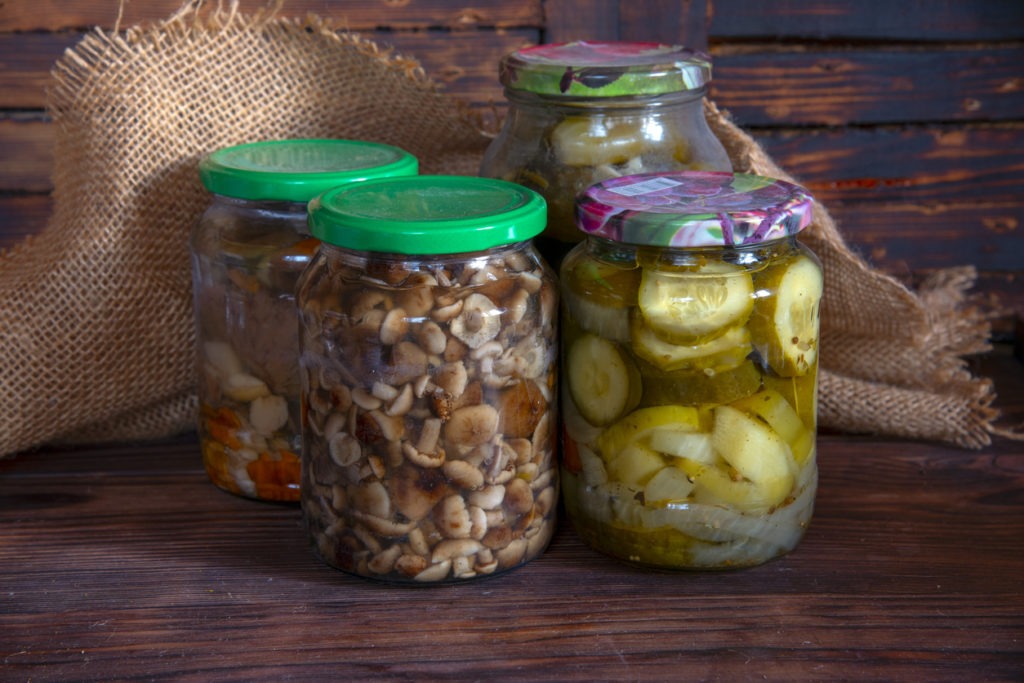
Canning was invented in the late 18th century, and it revolutionized food preservation. According to the Canned Food Alliance, Napoleon Bonaparte offered a $1,000 reward to the person who could invent an effective manner to preserve food to keep his forces supplied. Nicholas Appert, a French cook, devised canning after understanding that if wine could be kept in a glass, so could food if sealed and heated. He received Napoleon’s award, and the world gained a new method of food preservation. Most fruits, vegetables, and meats can be appropriately preserved, as you can see in the canned-food department of your store. With the correct tools, you can do it yourself at home.
Beginning with a tried-and-true recipe and fresh ingredients
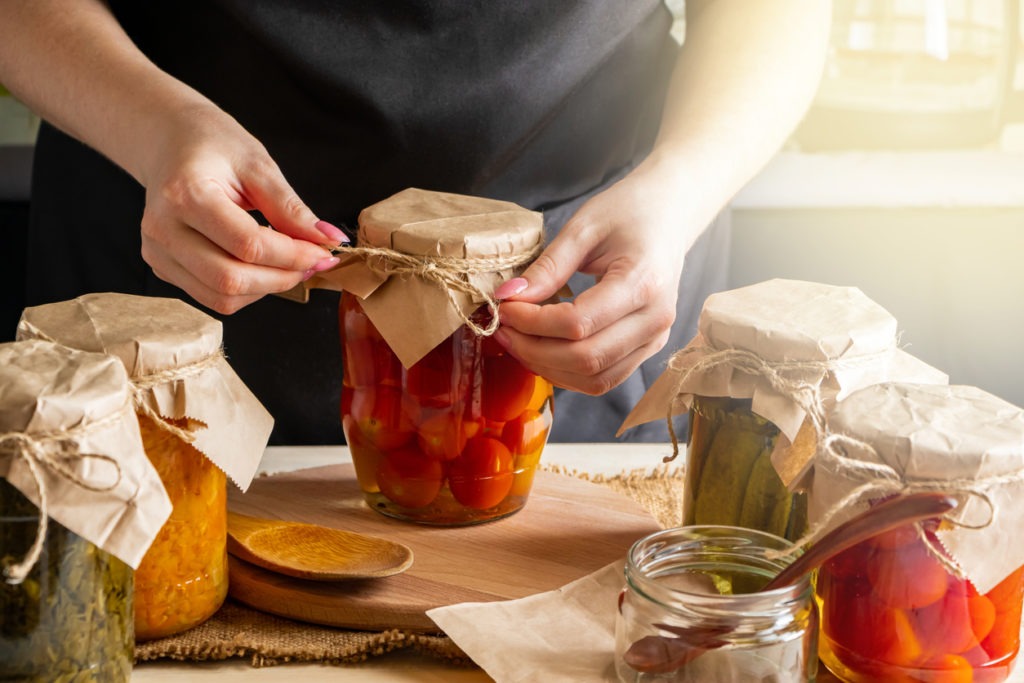
Canning and preserving food are not difficult, but it does need some forethought and organization. Choose your recipe first. It’s critical to select a recipe from a reputable source that follows USDA safety criteria and has a high rating. Turn to the National Center for Home Preservation for the ultimate word on safety. When it comes to canning and preserving foods, food safety is crucial; you don’t want to introduce any potentially hazardous microorganisms. It’s also vital to stick to the recipe and not make alterations or replacements. Yes, it will seem like a lot of sugar, but transforming fruit into jam and jelly requires a lot of sugar.
You’ll want to buy or pick your veggies as close to canning time. Avoid using defrosted or frozen foods. The pectin in the jam or jelly is affected by freezing, slowing the gelling process. Check to see if the fruits or veggies are damaged or moldy.
Different Canning Methods
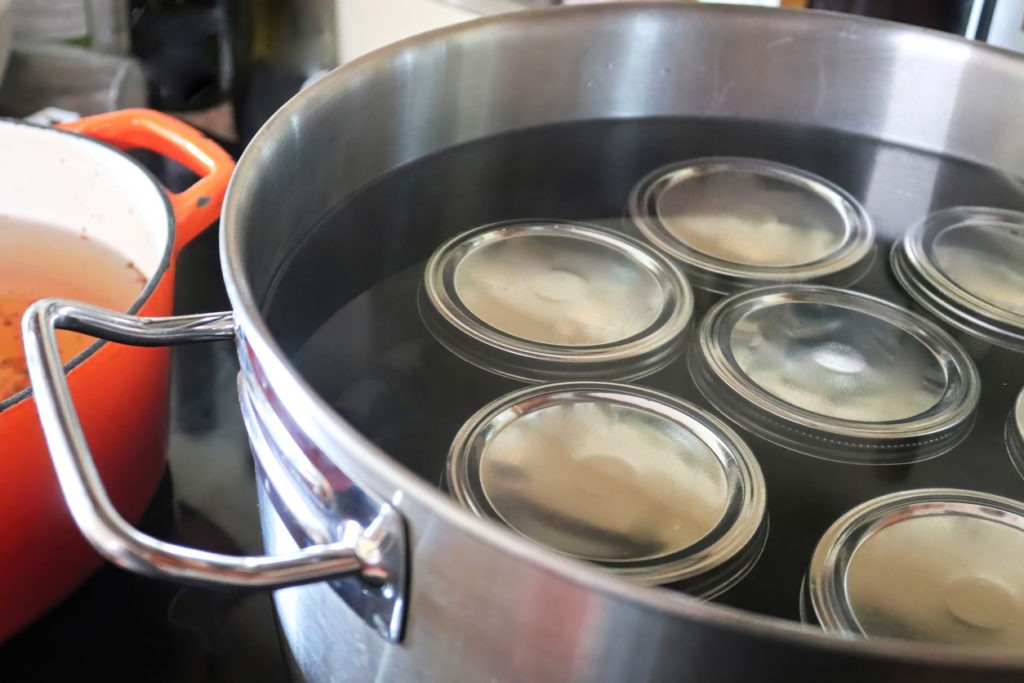
Water-bath canning is the more straightforward of the two procedures since it entails boiling your food in glass jars in a large pot of water. Water-bath canners or boiling water canners are pots with a big pot, a rack attachment, and a lid built for this. However, as long as you have a rack that fits within and a top, a large, deep pot will suffice.
Water-bath canning is a lower-temperature (212°F) method that is only acceptable for high-acid vegetables and fruits. (Keep in mind that low-acid foods require pressure canning.)
Fruits, pickles, tomatoes, sauerkraut, relishes, jams, jellies, salsas, marmalades, and fruit butter are high-acid meals. The acidity of these items, along with time in a boiling water bath, allows them to be securely preserved without high pressure.
Start with the boiling water bath technique if this is your first-time canning! Make pickles or a delicious berry jam!
- Pressure Canning
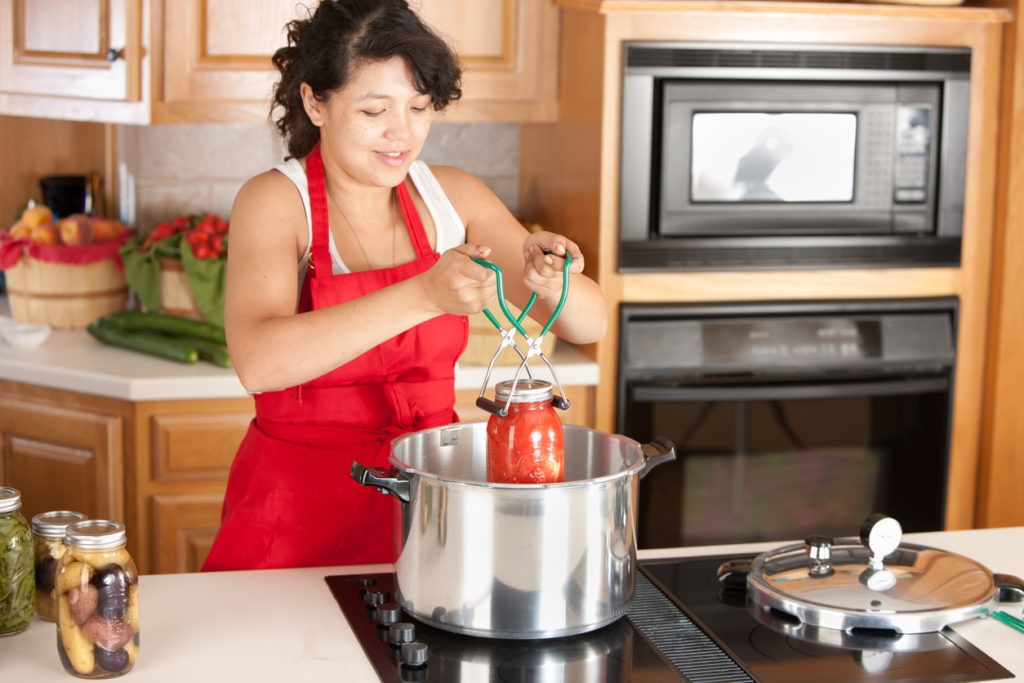
A pressure canner is a device that consists of a big pot, rack inserts, and a fitting cover with a dial or pressure valve for pressure canning. When heated, the high pressure produced within the canner permits the temperature inside to reach far higher temperatures (240°F) than a water-bath canner. Any dangerous bacteria, poisons, molds, and yeasts are killed.
To avoid the formation of germs, such as Clostridium botulinum, low-acid vegetables like green beans and maize must be cooked at a higher temperature—240°F at sea level. You’ll need to invest in a pressure canner if you want to keep the higher temperatures for the required amount of time.
Artichokes, asparagus, carrots, maize, green beans, lima beans, mushrooms, okra, onions, peas, potatoes, pumpkin, and winter squash are low-acid vegetables (in chunks).
Cantaloupe and watermelon are examples of low-acid fruits. (Berries and cherries, grapes, nectarines, oranges, peaches, and plums are high-acid fruits.)
Low-acid goods such as meats, poultry, shellfish, and chili are also preserved by pressure canning, which requires a higher temperature to boost the heat within the jars above boiling for long enough to kill hazardous germs. Pressure canning is enjoyable and fulfilling, but it does need the purchase of a “canner” and strict adherence to instructions—no improvising!
Supplies for this hobby
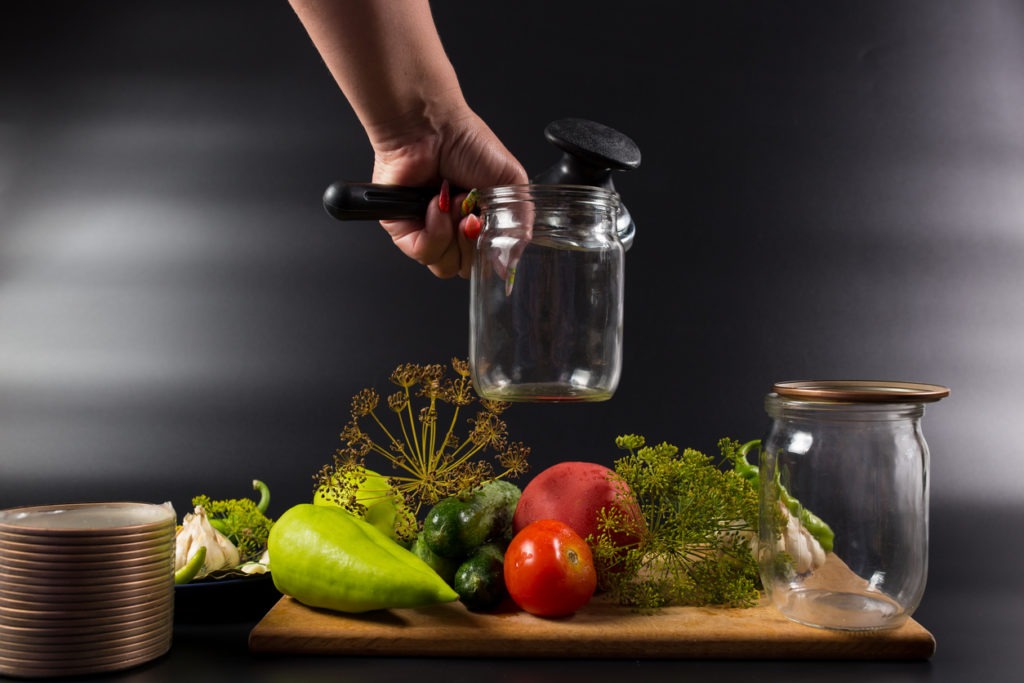
You may be sure that your home-preserved food will be safe and enjoyable to eat by selecting the correct sort of canner, learning how to use it properly, and following a tried-and-true canning method. Several supplies make the canning process easier, whether you’re a newbie canner acquiring your first materials or an expert preserver updating your gear.
Canning jars, often known as mason jars, come in various shapes and sizes. The usage of contemporary canning jars is critical. Vintage jars should not be used for canning since they may not fit a modern lid and ring closure. Also, commercial jars, such as old spaghetti or mayonnaise jars, should not be reused since they may not be able to sustain the temperatures necessary for home canning.
Many websites, hardware stores, craft stores, and other retail outlets provide canning kits that include most of these basics. They can add useful tools like magnetic lid lifters, headspace measurement tools, plastic bubble removers, and jar scrubbers—everything you need to get started.
Benefits of canning and preserving
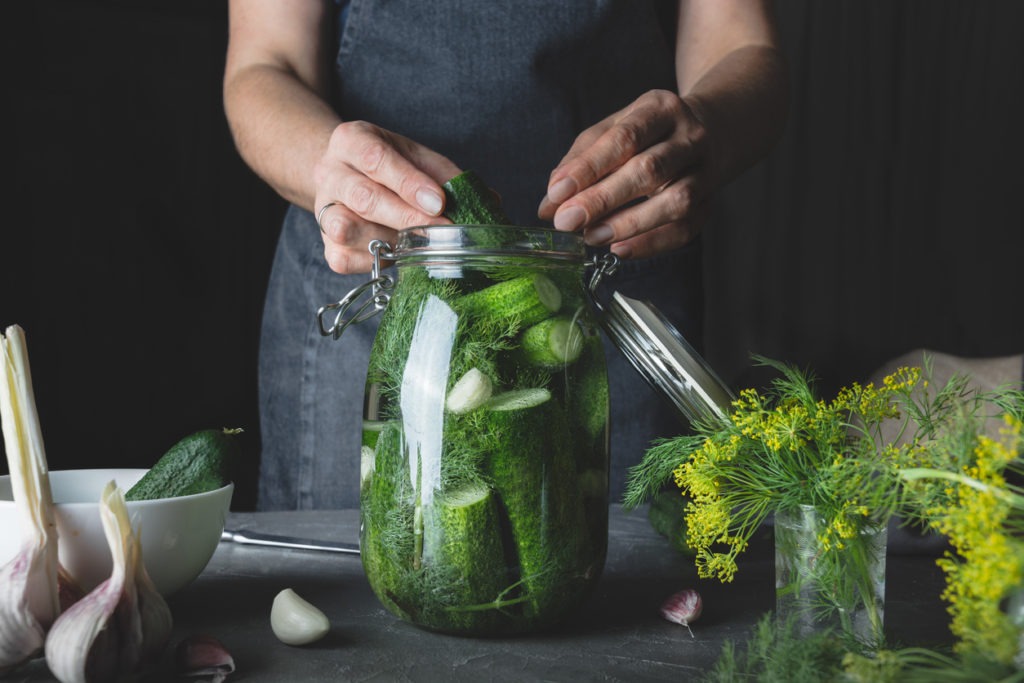
Canning was prevalent in practically every family until our contemporary food shops emerged. It was both a requirement and a way of life. Compare this to now. Only a few generations have gone since the great majority of humanity abandoned the art of food preservation. However, in recent years, interest in food preservation has grown, with canning, particularly witnessing a comeback in popularity. This is for a variety of reasons:
Food might be pricey, so save money. You may save money by purchasing or collecting items in season and preserving them for later use. This is especially true when the food you receive is of poor quality. You might be astonished at how delicious your canned foods from the home taste.
Gardeners will grasp the importance of preserving the produce. You patiently wait a few months for your garden to begin producing, only to be abruptly overwhelmed with more product than you can handle. You can offer some to family, friends, or neighbors, but you’ll still have enough leftover. Canning the leftovers is an intelligent method to save waste and enjoy your vegetables all year.
Many individuals are concerned about the current situation. People want to be prepared if difficult economic times occur and affect the capability to afford food. Learning to can is one of the most common steps individuals take, and in our opinion, it is far more practical than a bomb shelter.
Canning your food is an excellent method to lessen your carbon footprint. You eliminate the numerous miles food is shipped from the farm to the manufacturer, then to the distributor and local store, especially if the food is homegrown. You also save money on packing because canning jars (except for the lids) are reusable and last for years.
While canning isn’t the healthiest way to store food (freezing retains more nutrients), it does provide several advantages. You’ll know precisely what you’re eating because you can make it yourself. You may rest confident that the meal was delicious and fresh. In addition, you will be eating food that is devoid of dangerous chemicals and preservatives.
Conclusion
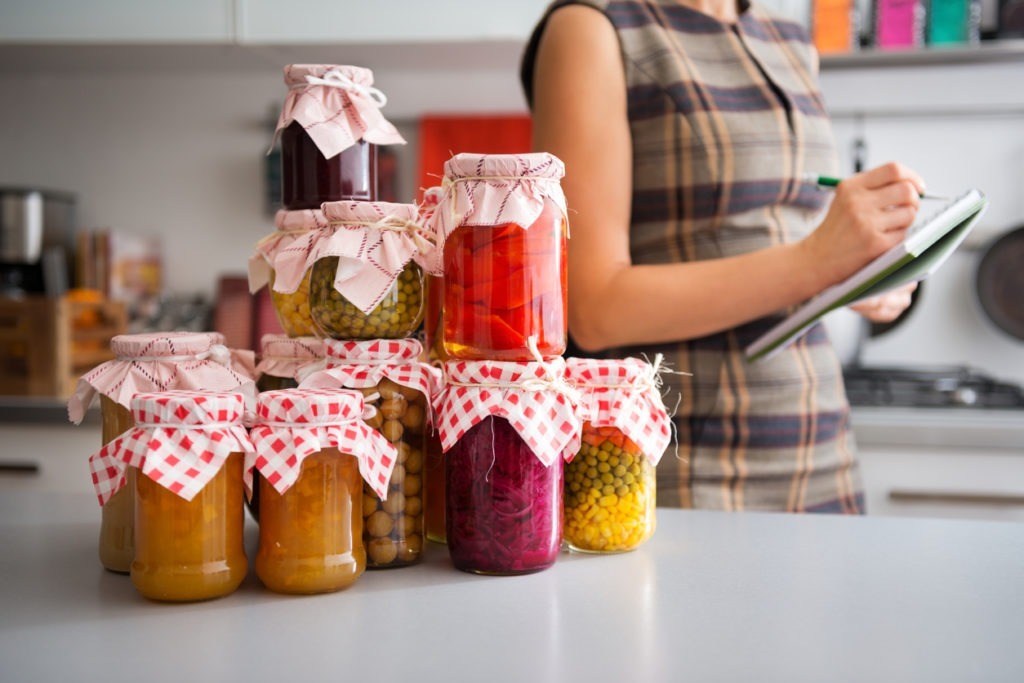
Using canning techniques, you may save money on food preservation. Modern food preservation techniques, such as water-bath canning, make it simple to can and preserve food. After you’ve mastered the fundamentals of food preservation, all you have to do now is focus on making your dish.
